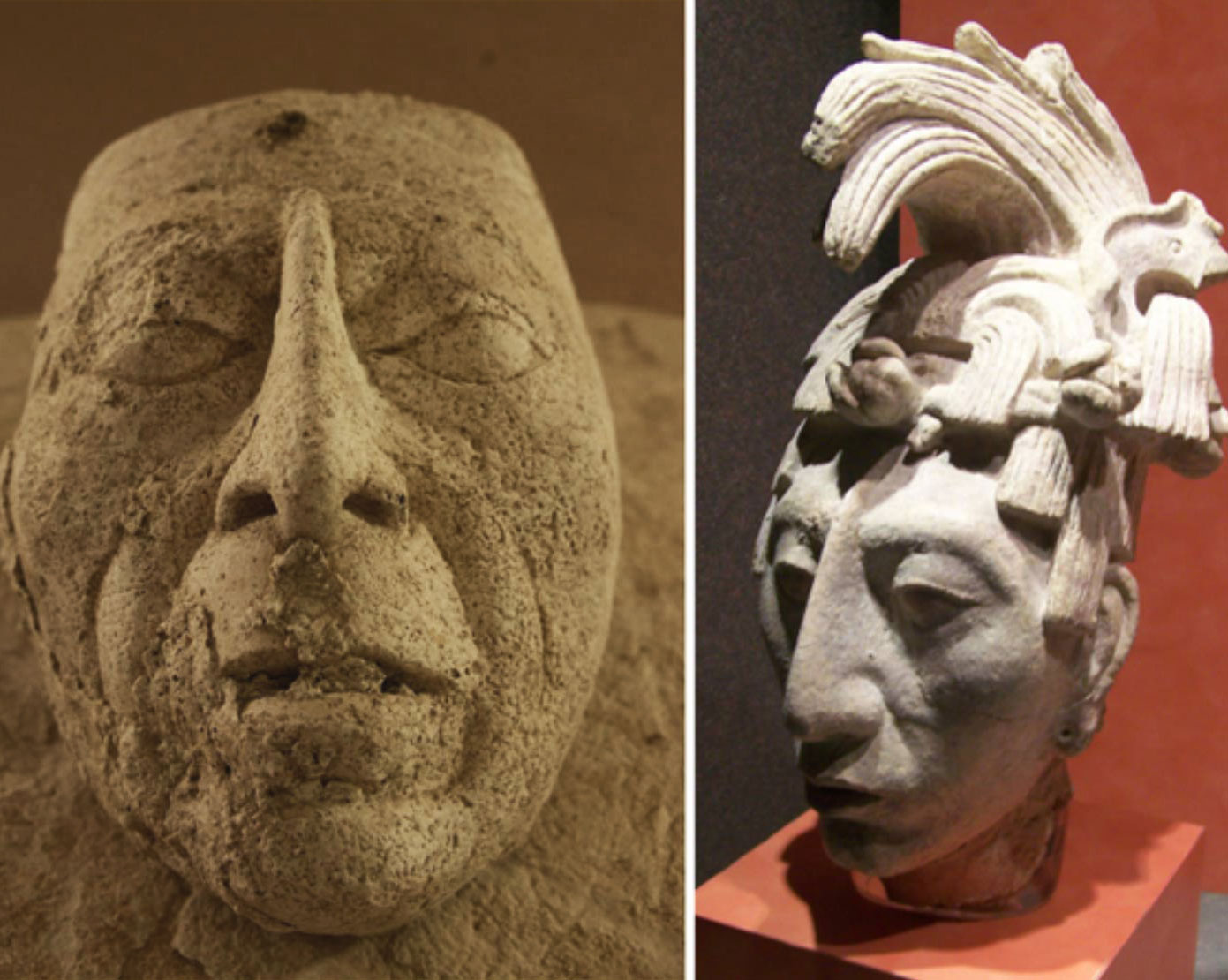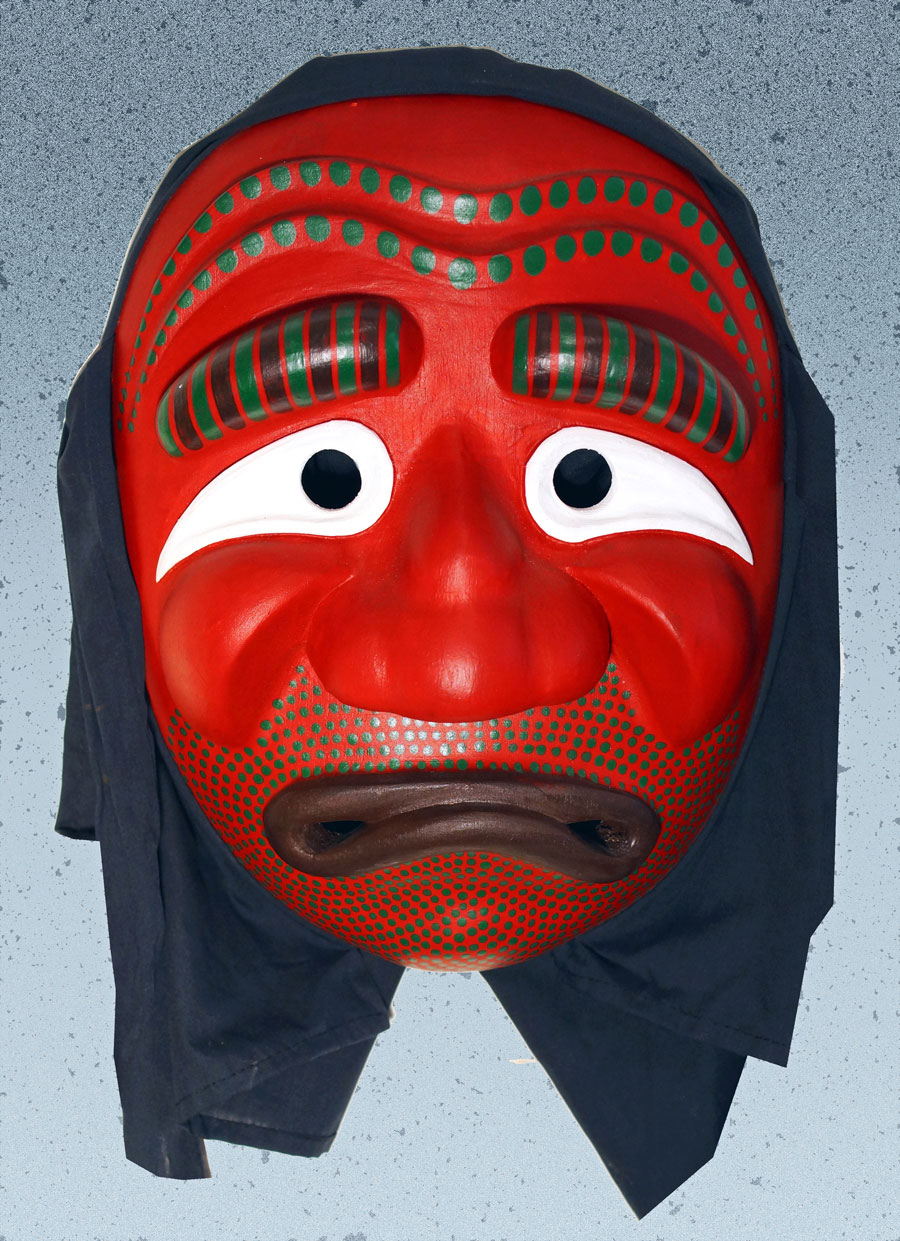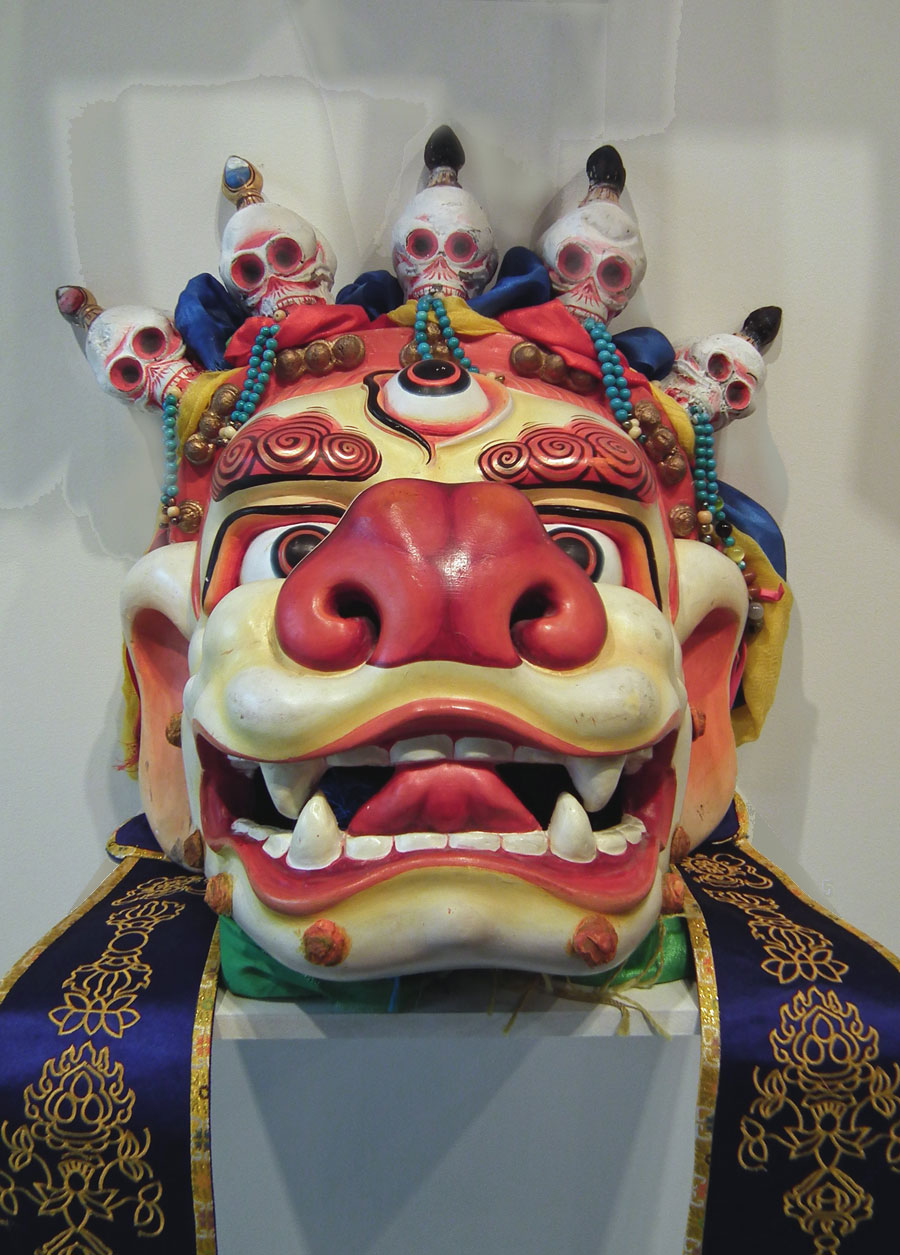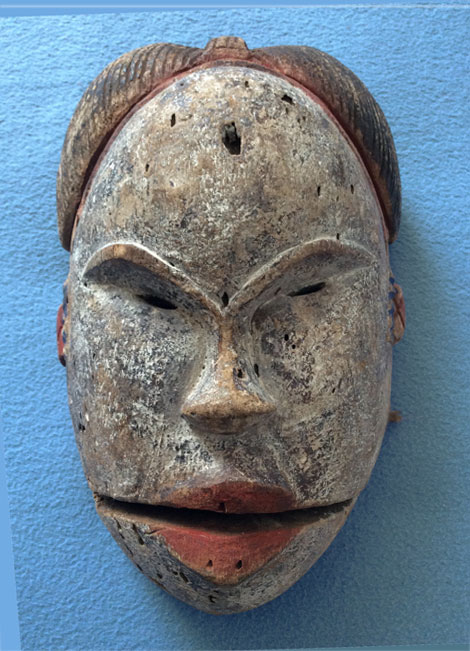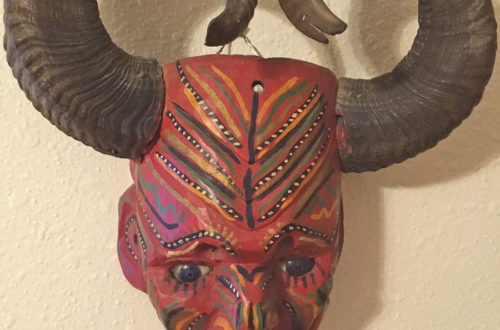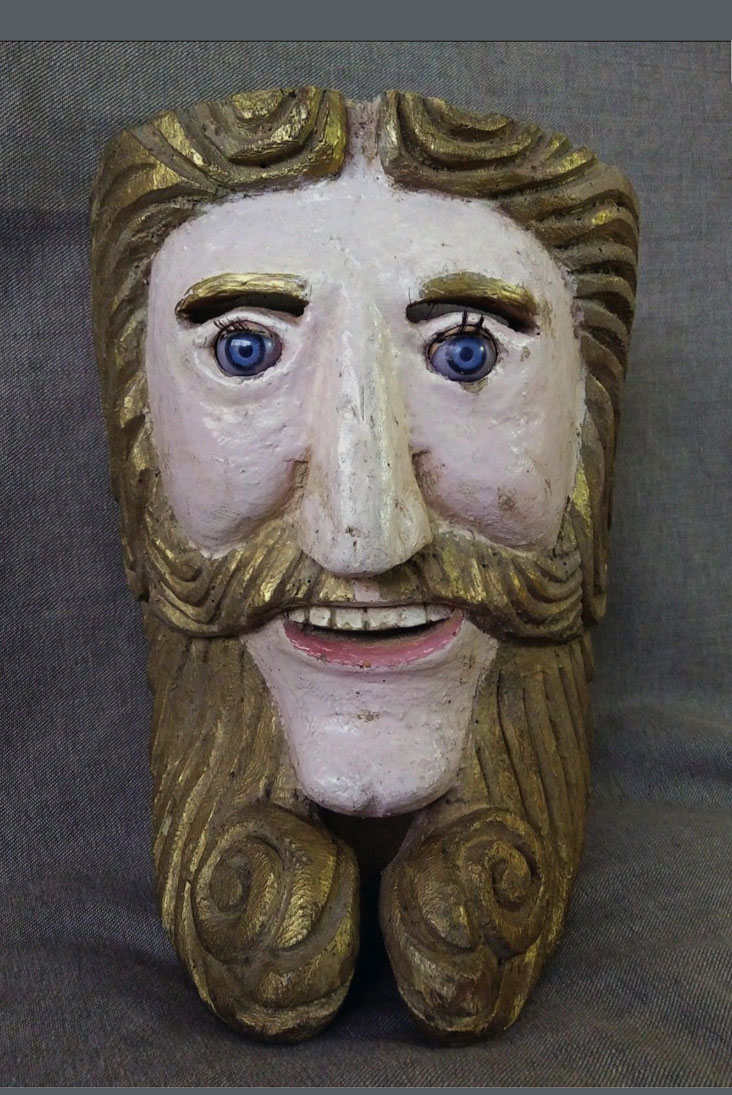 Archaeologists digging in Mexico’s Palenque ruins have uncovered the mask believed to represent the 7th-century Mayan ruler K’inich Janaab Pakal, commonly known a Pakal the Great — one of ancient Mexico’s most prolific figures. Having become King at the age of 12, under Pakal the Great’s 68-year-long reign of the ancient city of Palenque. As it prospered he instructed the building of its finest architecture. Palenque was a Mayan city state in southern Mexico dating from about 226 BC to AD 800. It is located near the Usumacinta River in the Mexican state of Chiapas.The newly discovered mask depicts Pakal in his old age at the end of his reign, a perfect rendition to accompany him on his way to eternity.
Archaeologists digging in Mexico’s Palenque ruins have uncovered the mask believed to represent the 7th-century Mayan ruler K’inich Janaab Pakal, commonly known a Pakal the Great — one of ancient Mexico’s most prolific figures. Having become King at the age of 12, under Pakal the Great’s 68-year-long reign of the ancient city of Palenque. As it prospered he instructed the building of its finest architecture. Palenque was a Mayan city state in southern Mexico dating from about 226 BC to AD 800. It is located near the Usumacinta River in the Mexican state of Chiapas.The newly discovered mask depicts Pakal in his old age at the end of his reign, a perfect rendition to accompany him on his way to eternity.
Masks were essential components within Mayan rituals and ceremonies. On the left is the recently found mask of Pakal. An earlier sculpture of him is shown on the right for comparison. We also want to show you part of Palenque. There is much more to the site including a pyramid that was hollow with burial chambers inside.
I was their in 1956, shortly after it was discovered, and had the pleasure of exploring the inside. It was a Mexican holiday so all of the workers were gone. Of course, the artifacts had been removed and taken to the museum in Mexico City. This was one of the most exciting experiences of my life.
